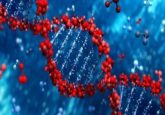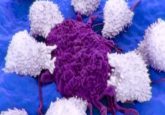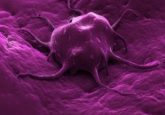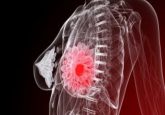Could chemiluminescence detect cancer?
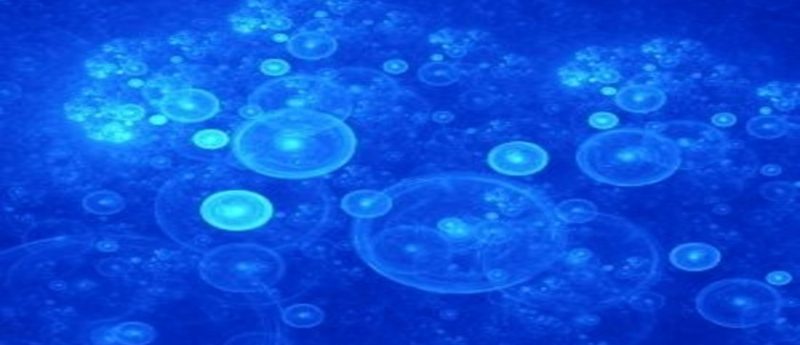
A study published recently in ACS Central Science has investigated how chemiluminescence (chemical light) could diagnose diseases, such as cancer. Researcher from Tel Aviv University (Israel) developed a new water-resistant, chemiluminescent probe that is 3000-times-brighter than previous models and can identify concentrations of biological samples.
The team discovered that by altering the electronic structure of existing probes the inherent fluorescence could be improved. The new single-component probe was tested to measure cellular activity at specific points of pathology.
“Chemiluminescence is considered one of the most sensitive methods used in diagnostic testing,” commented Doron Shabat (Tel Aviv University). “We have developed a method to prepare highly efficient compounds that emit light upon contact with a specific protein or chemical. These compounds can be used as molecular probes to detect cancerous cells, among other applications.”
In collaboration with Christoph Bauer (Geneva University, Switzerland) researchers stated that the novel device overcomes energy loss problems encountered with current chemiluminescent probes. The team utilized the chemiluminescent molecule to measure enzymatic activity and image cells.
Shabat remarked: “As synthetic chemists, we knew how to link structure and function, by adding two key atoms, we created a much brighter probe than those currently on the market. In addition, this particular molecule is suitable for direct use in cells.”
“This gives us a new powerful methodology with which we can prepare highly efficient chemiluminescence sensors for the detection, imaging and analysis of various cell activities.” In the future, researchers are hoping to explore chemiluninescence further, particularly amplification used for in vivo imaging.
Sources: Green O, Eilon T, Hananya N, Gutkin S, Bauer CR, Shabat D. Opening a gateway for chemiluminescence cell imaging: distinctive methodology for design of bright chemiluminescent dioxetane probes. ACS Cent. Sci. 3(4), 349–358 (2017); https://phys.org/news/2017-05-cancer.html
